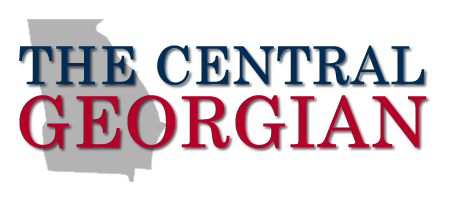Community Leaders and Residents Gather for Dialogue on Dalton Housing Needs
Dozens of Dalton residents gathered with community leaders from the City of Dalton, Whitfield County, and Believe Greater Dalton (BGD) on Tuesday night for a “listening session” focused on housing needs in the area. The meeting, held at the Mack Gaston Community Center, provided an opportunity for residents to share their insights and preferences regarding housing development in greater Dalton.
“This is just the beginning to a much larger conversation, but we have to start with telling our story,” said Jake Bearden, Whitfield County’s community development director. “We have to start with defining what we believe is missing, what we believe is needed, and since we’re talking about quality of life, what are the things that we just want, what are the things we desire?”
Whitfield County’s community development director, Jake Bearden, emphasized the importance of initiating a comprehensive dialogue about the community’s housing needs. He highlighted the County’s Metropolitan Planning Organization (MPO) efforts to develop a transformation plan for the urban center, spanning from the Dalton Bypass to I-75, aiming to guide development in both the city and unincorporated areas.
“We can’t make them do that and we can’t infringe on property rights, but we can say that this is what the community has asked for,” Bearden said.
Residents were encouraged to provide feedback on housing needs at the street, school district, and neighborhood levels. Bearden stressed the significance of considering affordability and community desires when proposing new developments.
During the session, residents engaged in discussions and shared their perspectives on various community needs, including access to amenities like parks, healthcare, education services, and local businesses. The input gathered will be used to inform the MPO’s development plan.
Believe Greater Dalton director, Allyson Coker, presented findings from BGD’s latest housing study, indicating progress in addressing previous issues identified in 2018. However, challenges remain, with a significant portion of renters burdened by high housing costs.
“At that 40-year mark, that’s where you begin to see some significant maintenance and upkeep issues with the home that start to occur,” Coker said.
Coker highlighted three key takeaways from the study: the need for affordable housing, the concentration of Dalton’s housing market, and the aging housing stock. While there has been progress in constructing workforce housing, supply gaps persist for lower-income and higher-priced homes.
To meet demand, BGD is working on strategies focusing on housing choice expansion, neighborhood revitalization, affordability enhancement, and downtown development. Public-private partnerships, such as a recent initiative to build 40 new workforce housing units near downtown Dalton, aim to address these needs.
“This is a little bit of a different plan, it is density,” said Carl Campbell, the director of the Joint Development Authority. “For a long time in our community and a lot of communities, ‘density’ was kinda like the same word as ‘poverty’. The only people that lived close to one another were poor people. And that’s not true when you go to bigger cities and bigger markets, everyone wants to be walkable to where they eat and where they shop and so we’re trying to bring a little bit of that to our community, doing it the right way.”
Bearden highlighted potential state funding opportunities through the Department of Community Affairs to support future projects. The meeting concluded with organizers expressing the intent to continue the dialogue on housing needs in the community.






